by Wallace Wyss –
Old dream cars have a short shelf life once they fail to get green-lighted for production. They are sometimes crushed, sometimes sent to museums and sometimes sold. Why sold so little? Because they are made for management to decide whether to produce a design but management doesn’t care if they have air bags and all the other gizmos the safety laws demand.
In the case of this “missing” Aston Martin Lagonda show car it was not really missing. Aston, or Ford who owned Aston at the time, sold it and its sister car off so you could say it was an extremely short lived series.
The Lagonda Vignale was a five-seater concept car built by Ghia. Three cars were built, 2 by Ghia and one by Aston Martin at the factory in Newport Pagnell. One of the Ghia cars was destroyed.
The 2 Vignales Ghia built were based on a 1990 Lincoln Town Car chassis and used the 4.6 L Ford Modular V8 engine. Why the obscure name Lagonda? Because Aston owned Lagonda and there was a rule if you don’t use a car name at least once every five years you lose exclusive use of the name.
The third car, built by the Works Service department and codenamed DP2138, was a step beyond the original design as they thought it would get green lighted. It used a different Ford platform, giving it smaller dimensions, and had many changes to the design, including a 5.9 L V12 engine originally planned for the concept.
Additionally, it could only seat four as the rear bench seat had been replaced by twin armchairs. Only one example was built and of course who snatched up forgotten dream cars at the time? The Sultan of Brunei in 1995. When I saw a story about Ian Callum retiring from Jaguar and buying an old Mk II and customizing it I thought he should have been given a chance to buy this car but then found it was his brother Moray’s design.
The Vignale name relates to the Italian coachbuilding firm of Carrozzeria Alfredo Vignale which was acquired by Ford in 1973 along with Carrozzeria Ghia from de Tomaso.
The blue Ghia built car was sold at the famous auction of Ford prototypes in Dearborn in June 2002 for what was considered then a massive sum of $403,500 (including buyers premium). A second version, while running, was not fully engineered and was subsequently destroyed.
DESIGN ANALYSIS
FRONT The mesh grille seems small; arbitrary in shape, and arbitrarily placed, not a natural outgrowth of the shape
SIDE Very much like the Mk. II SJG but somehow a modern reincarnation of the ’50’s original Wheels are exceptionally clean and add to the design.
REAR Very discreet and conservative. Great move to hide the rear window frame, similar to Bentleys up to the early ’50s.
Let us know what you think in the Comments.
THE AUTHOR Wallace Wyss, a longtime automotive design critic, has guest lectured at the Art Center College of Design.
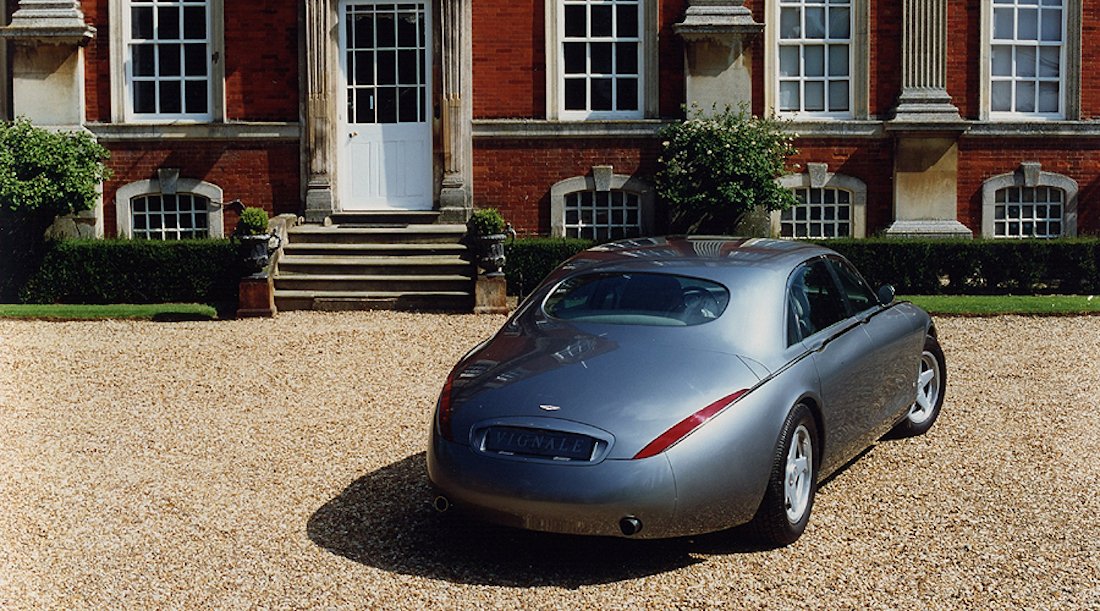
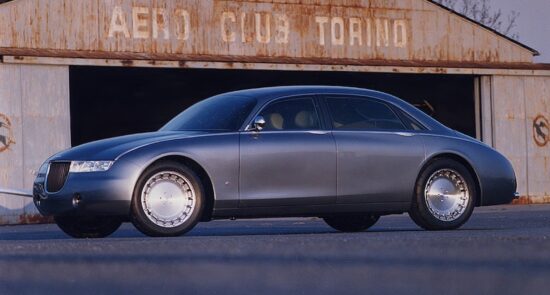
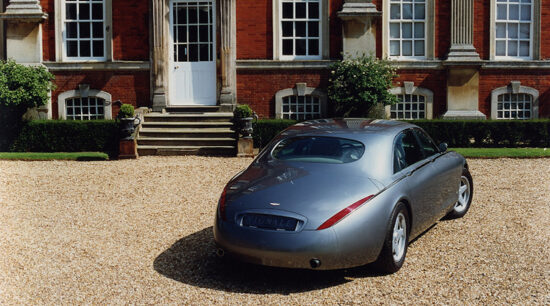
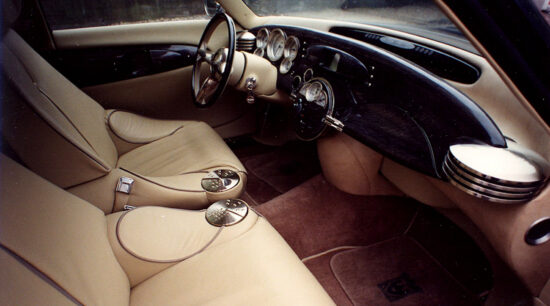

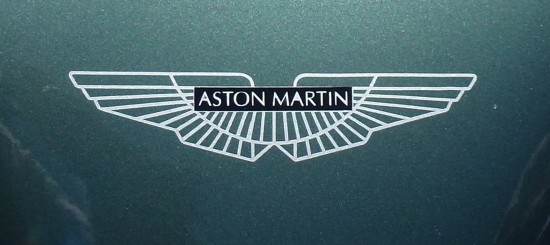


It is nice that at least they were sold so not destroyed… so many interesting and neat cars over the years have met with a much lesser fate…